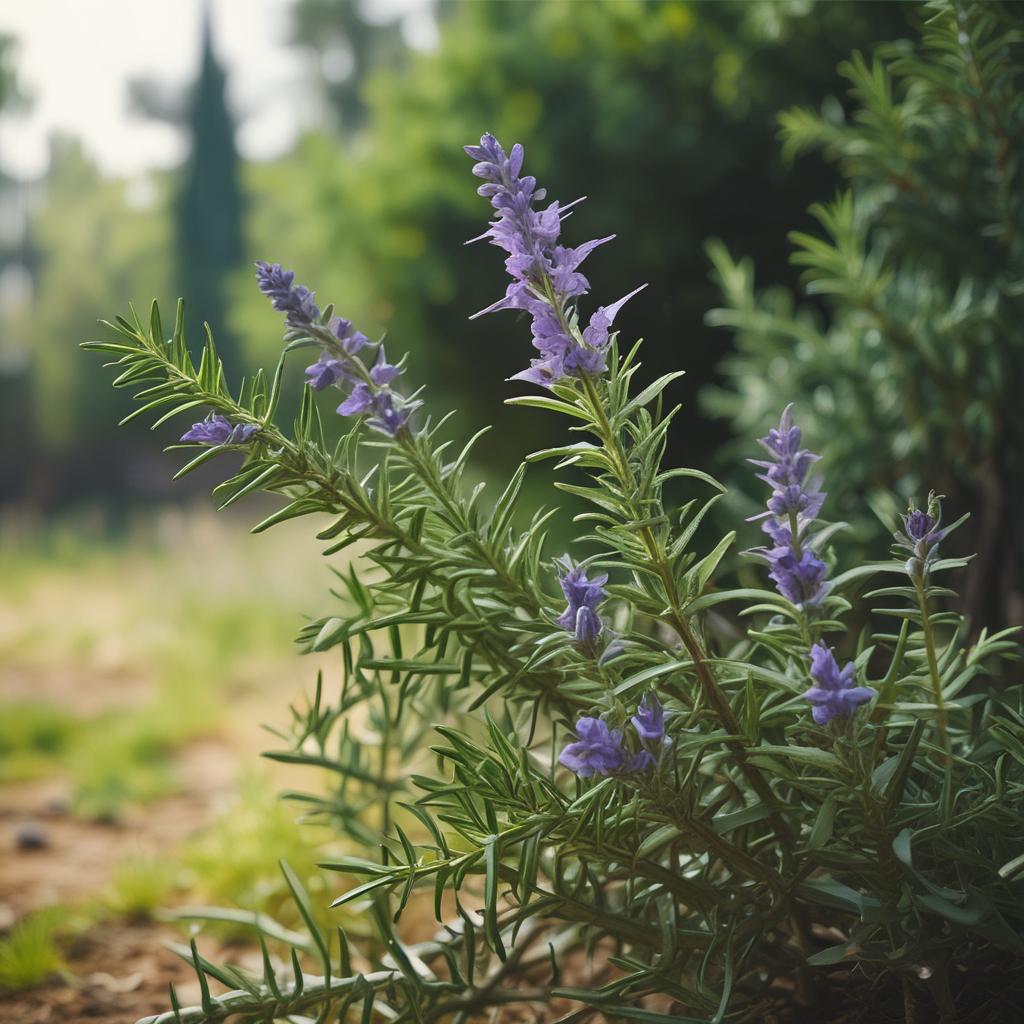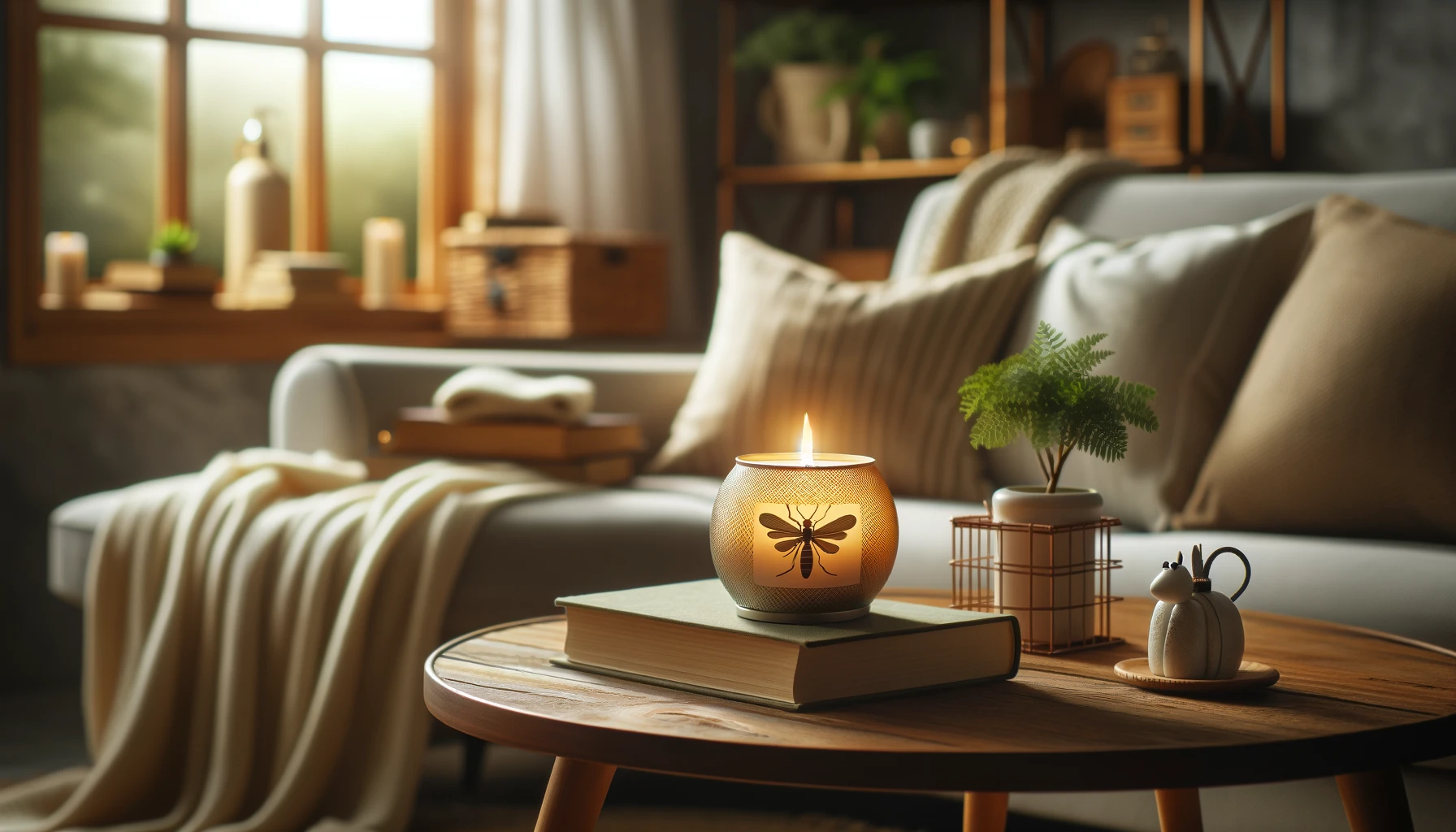Introduction
Are you tired of dealing with pesky mosquitoes invading your outdoor space? One natural and effective solution is to create your own mosquito repellent candles at home. By using essential oils known for their insect-repelling properties, you can enjoy a bug-free environment without the need for harsh chemicals. In this guide, we will walk you through the step-by-step process of making your own mosquito repellent candles.
Materials You Need
Embarking on the journey of crafting mosquito repellent candles begins with the assembly of the essential components needed for the process. The foundation of these natural insect-repelling candles is soy wax, a choice that not only benefits the environment but also ensures a cleaner burn compared to traditional paraffin wax. Securing quality wicks is another pivotal step, as they are crucial for the efficient burning of your candles. Here's what you need to start making candle at your own home:
Soy Wax

Since soy wax flakes drips melted wax on a table or countertop that can be cleaned with soap and water and is biodegradable, it is suggested for use in manufacturing this mosquito deterrent candle. Your completed candle will last longer since soy wax burns longer than certain other waxes, such as paraffin.
Cotton wicks
Cotton wicks are strands of cotton fibers that are twisted or braided together to form a wick, which is used in candles for burning. They serve as the fuel delivery system for the flame. When lit, the wick draws the melted wax up through its fibers to feed the flame, allowing it to burn consistently. Cotton is a popular choice for wicks because it burns cleanly and is naturally absorbent, which helps in the efficient transfer of wax to the flame. Cotton wicks can come in various thicknesses and may be treated or interwoven with other materials to influence the burn rate and characteristics. They are a crucial component in candle making, influencing how the candle burns, including the size of the flame, the rate at which the candle burns, and how clean the burn is.
Citronella Essential Oil
Discover the natural efficacy of Citronella Essential Oil, a premier choice for organic mosquito repellent solutions. Extracted from the leaves and stems of the citronella plant, this potent oil is celebrated for its insect-repelling properties. Embrace a chemical-free lifestyle by incorporating citronella oil into your homemade repellent lotions or candle-making projects. Not only is it a powerful deterrent against pesky mosquitoes, but it also infuses your space with a refreshing, lemony scent. Ideal for those seeking eco-friendly repellent options, Citronella Essential Oil is a must-have for your natural insect control arsenal.
Rosemary Essential Oil

Elevate your natural insect defense strategy with the potent properties of Rosemary Essential Oil. Known for its aromatic potency similar to that of Lavender Essential Oil, Rosemary Oil offers a robust barrier against mosquito bites. To harness its full potential, blend this concentrated extract with a carrier oil for direct skin application or infuse it into homemade candles for an ambient repellent. Its distinct herbal fragrance not only repels mosquitoes but also adds a refreshing note to any space. Ideal for those in pursuit of natural and effective mosquito deterrents, Rosemary Essential Oil stands out as a versatile and potent ally in your outdoor and indoor living areas.
Lemongrass Essential Oil

Unlock the power of Lemongrass Essential Oil, a natural mosquito repellant with properties paralleling the renowned Citronella Oil. Both oils, derived from their respective grasses, share a common trait — their formidable insect-repelling capabilities. Lemongrass Essential Oil, with its citrusy, earthy aroma, not only provides a sensory delight but also serves as a natural shield against mosquito intrusions. Incorporating this oil into your candle-making can enhance your environment with its aromatic benefits while keeping those unwanted pests at bay. Choose Lemongrass Essential Oil for a dual-action solution: an aromatic indulgence and an effective, eco-friendly insect deterrent.
DIY Mosquito Repellent Candle Recipe
Below is a recipe to make 450g candle of mosquito repellent candle:
- Soy Wax: 1 lb (450g) Soy Wax, preferred for its clean and sustainable burn.
- Cotton Wicks: Suitable for the size of your container.
- Citronella Essential Oil: 30ml, the key mosquito-repelling component.
- Lemongrass Essential Oil: 15ml, adds to the repellent effect with a fresh scent.
- Rosemarry Essential Oil: 10ml, introduces a calming, pleasant aroma.
Step-by-Step Guide to Making Your Candles
Step 1: Heat the soy wax

Initiate the candle-making process by heating soy wax in a double boiler until it reaches a temperature of approximately 75C - 80C. This precise temperature range ensures that the wax is completely melted and ready for the addition of essential oils. Once achieved, remove the wax from the heat source to cool for a brief moment. This slight cooling phase is critical for the next step.
Step 2: Add essential oils

During this cooling period, introduce the carefully measured essential oils into the melted wax. This is a pivotal moment where the citronella, lemongrass, and rosemarry oils are blended into the wax, imparting their mosquito-repelling properties as well as their pleasant fragrances. Stir the mixture gently but thoroughly to guarantee an even distribution of the oils throughout the wax.
Step 3:Add wick in the jar

Proceed to prepare your candle jar or container by securing the wick in place at the bottom. This can be done using a bit of melted wax or a wick sticker to ensure the wick stands upright and centered.
Step 4: Pour wax into the jar

With the wick in position, carefully pour the scented wax into the container, avoiding spills and ensuring the wick remains centered. Trim the wick if necessary if it's too long.
Step 5: Now you wait
After pouring, the wax needs to solidify, which will require several hours. During this time, it's essential to avoid disturbing the candles to ensure a smooth and even surface. Once the wax has completely hardened, finalize your candle by trimming the wick to an appropriate length, ideally about a quarter inch, to promote an even burn when lit.
This sequence of steps, from melting the wax to preparing the wicks and pouring the wax, culminates in the creation of your mosquito repellent candles. These candles, once solidified and properly finished, are ready to enhance your outdoor experiences by providing a natural deterrent against mosquitoes without relying on synthetic chemicals.
Safety Tips and Best Practices
In the pursuit of crafting homemade mosquito repellent candles, adhering to safety measures is paramount to ensure a secure and enjoyable candle-making process. One fundamental rule is utilizing a double boiler for the melting of wax. This method significantly reduces the risk of overheating, which can lead to wax combustion. It's crucial to supervise the wax as it melts, vigilantly monitoring its temperature to prevent it from reaching a flashpoint.
A well-prepared workspace also plays a critical role in safety. Ensure the area is free of flammable materials and equipped with a working fire extinguisher within easy reach. This preemptive step provides peace of mind, preparing you to act swiftly should any unforeseen incidents arise.
Handling hot wax demands caution. Employ heat-resistant gloves when managing the double boiler and when pouring the melted wax into containers. This protective measure minimizes the risk of burns, enabling a safer interaction with the hot materials.
The importance of wick maintenance cannot be overstressed. Before lighting your mosquito repellent candle for the first time, and before each subsequent use, trim the wick to approximately a quarter inch. This practice not only enhances the candle's burning efficiency but also significantly reduces the likelihood of an overly large flame, which can be a safety hazard.
Remember, the objective of creating mosquito repellent candles is to foster a serene and secure outdoor ambiance. By following these safety tips and best practices, you ensure the candle-making process is as rewarding and incident-free as the tranquil, mosquito-repelled environments your candles are meant to cultivate.
Using and Storing Your Mosquito Repellent Candles
For optimal effectiveness in keeping mosquitoes at bay, strategically position your handmade candles around areas of your outdoor living space where you and your guests frequently gather. Ideal locations include the perimeters of patios, the edges of decks, or any outdoor dining and lounging areas. Initiating the use of your candles slightly ahead of dusk can preemptively create a protective shield, warding off mosquitoes as they become more active during the evening hours.
When your candles are not in active use, it's essential to store them in a manner that maintains their integrity and prolongs their repellent properties. Identify a storage spot that is cool and dry, shielded from the potentially degrading effects of direct sunlight. This precaution helps to prevent the wax from melting or becoming disfigured, ensuring that the essential oils retain their potency and aromatic qualities.
In addition to these guidelines, consider the placement of your candles when in use to maximize their repellent effect. Creating a perimeter around the area you wish to protect can enhance the coverage and effectiveness of the repellent barrier. However, be mindful of placing candles at a safe distance from fabrics, foliage, and any materials that could pose a fire risk.
By adhering to these practices for using and storing your mosquito repellent candles, you can extend the life of your creations and enjoy their benefits throughout the mosquito season. Not only do these candles serve as a natural and aesthetically pleasing addition to your outdoor ambiance, but they also offer a serene and undisturbed outdoor experience, free from the annoyance and discomfort of mosquito bites.
Author
Helmi Baraja



